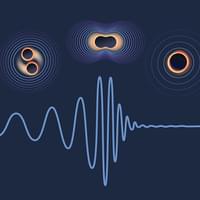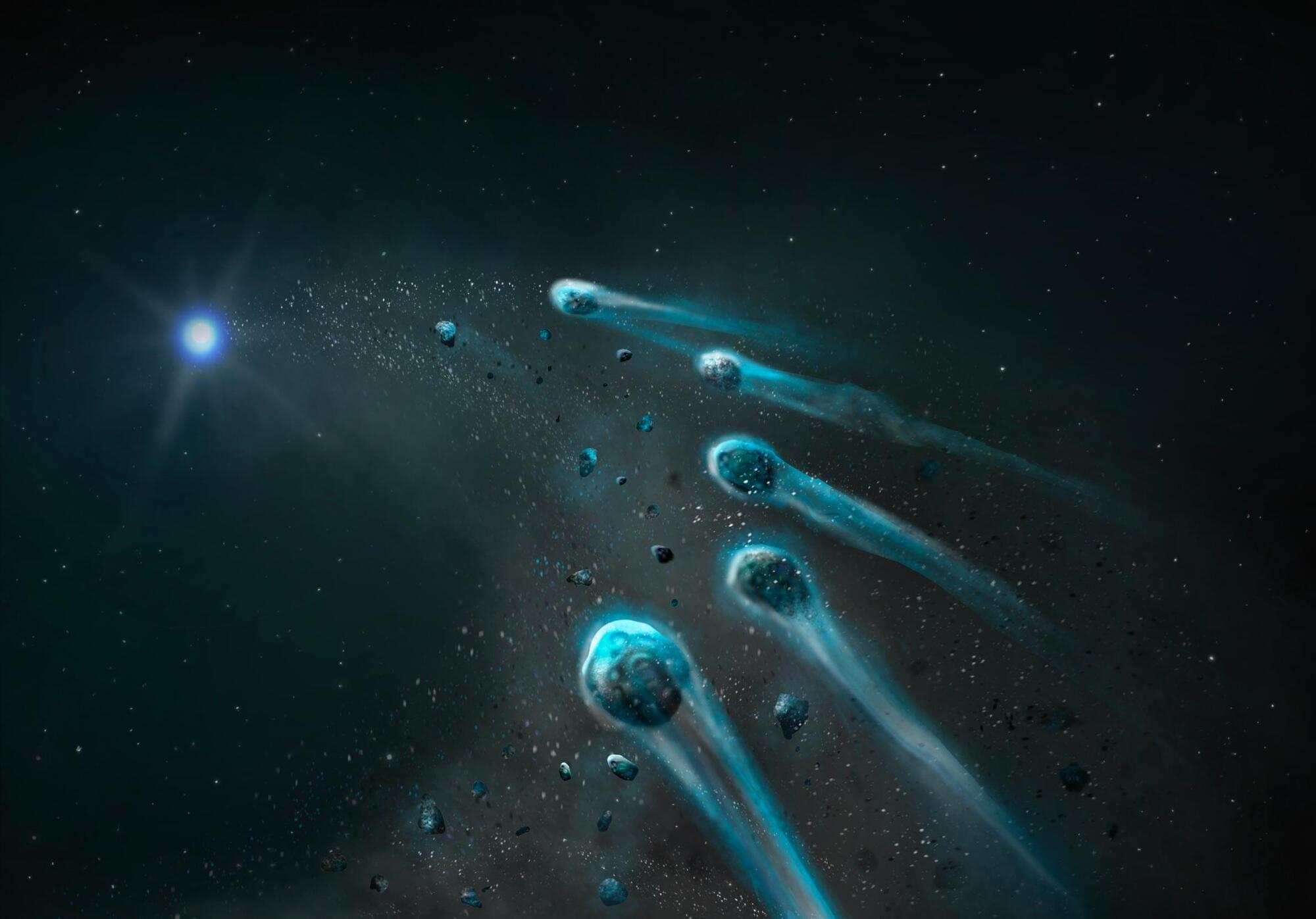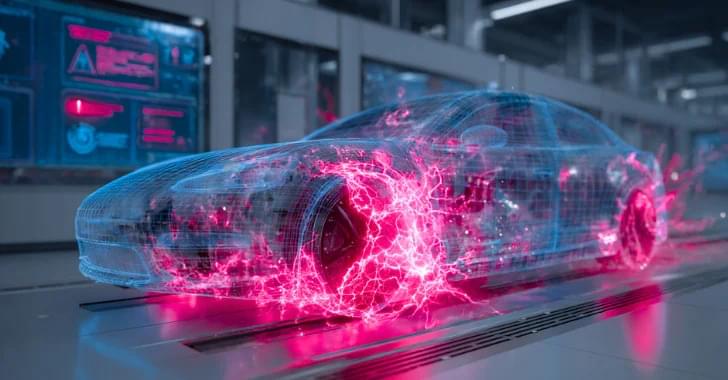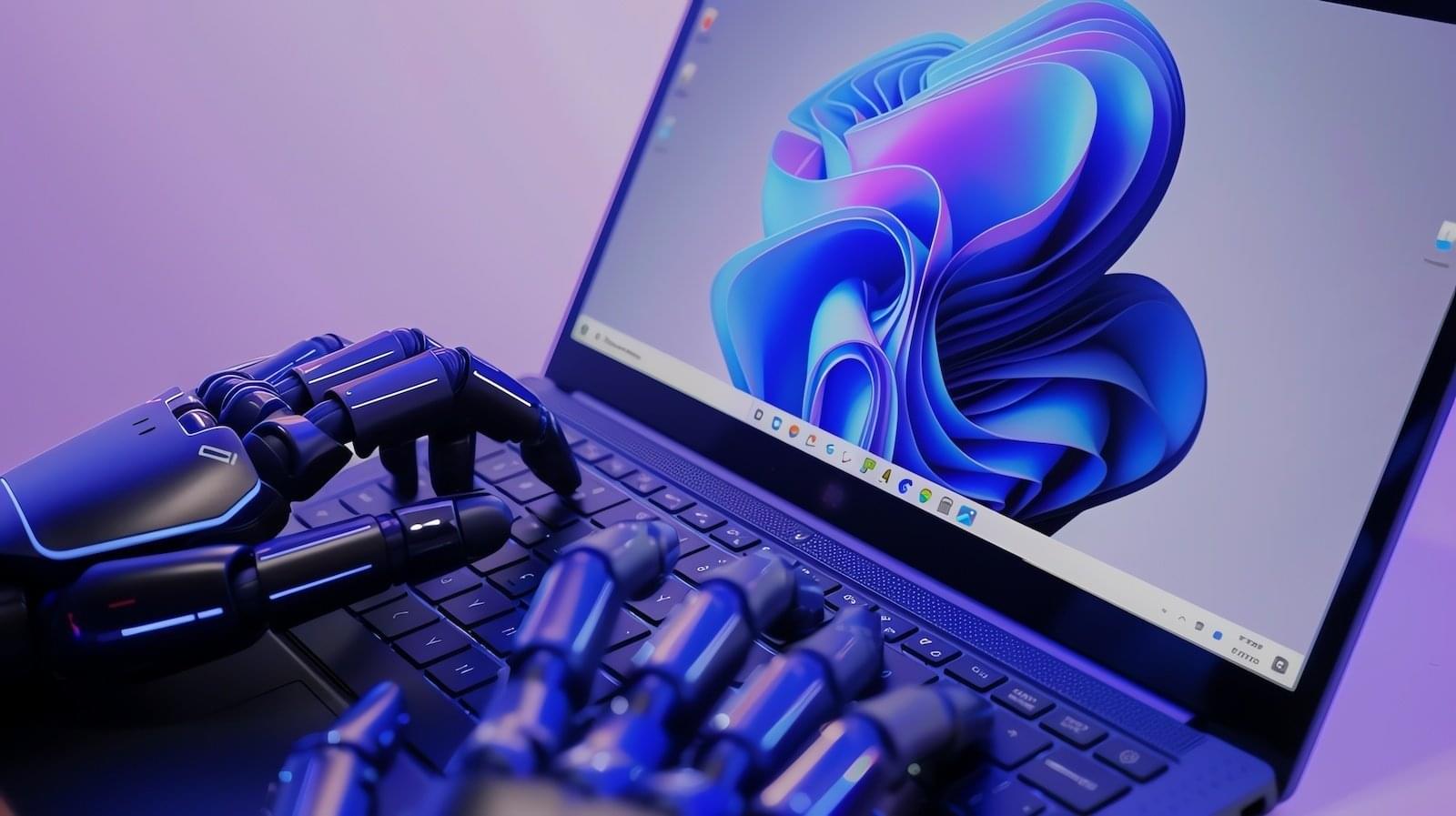Using a very strong black-hole merger signal, the LIGO-Virgo-KAGRA Collaboration has shown Hawking’s area law to hold with high credibility.



Astronomers using the Hubble Space Telescope have uncovered the remains of a frozen, Pluto-like world being devoured by a distant white dwarf star.
This cosmic “crime scene” not only reveals the dramatic fate of planetary fragments but also strengthens the case that the ingredients for life are scattered throughout the galaxy.
Discovery of a frozen, water-rich planetary fragment.






Microsoft has begun testing a new AI-powered feature in Microsoft Photos, designed to categorize photos automatically on Windows 11 systems.
Dubbed Auto-Categorization, it is currently limited to sorting screenshots, receipts, identity documents, and notes, and it’s rolling out to Copilot+ PCs across all Windows Insider channels with Microsoft Photos version 2025.11090.25001.0 or higher.
Microsoft says the feature utilizes a language-agnostic AI model that identifies document types regardless of the language used in the image. It works by grouping photos into predefined folders automatically, based on their visual content, such as handwritten notes, receipts, or printed documents.

Microsoft is investigating a known issue that triggers Outlook errors when opening encrypted emails sent from other organizations.
According to a recently published support document, this issue affects users in all Office channels who are using the classic Outlook email client.
“Currently, when using classic Outlook for Windows, you can’t open an OMEv2 encrypted email if it was sent from a separate organization (what we call another tenant),” Microsoft said.

Microsoft is planning to introduce a new Edge security feature that will protect users against malicious extensions sideloaded into the web browser.
Edge enables developers to install extensions locally (also known as sideloading) for testing purposes before publishing them to the Microsoft Edge Add-ons store by toggling the “Developer Mode” option on the Extensions management page and clicking the “Load unpacked” button.
However, users can also sideload third-party extensions that aren’t distributed through official channels and aren’t scanned for malware.